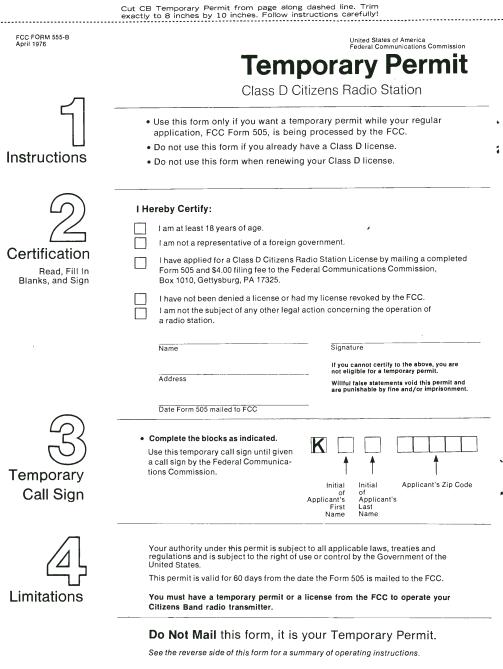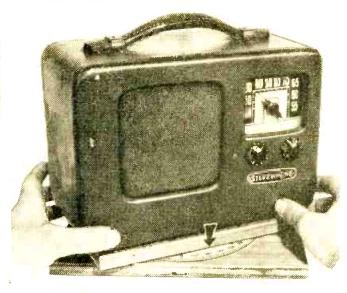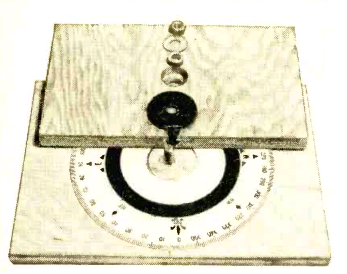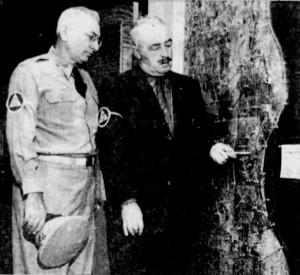
 One of this site’s advertisers is Wise Food Storage
One of this site’s advertisers is Wise Food Storage , who recently sent me a free sample to review. The company supplies dehydrated food for emergency food storage, camping, and backpacking. On their website
, who recently sent me a free sample to review. The company supplies dehydrated food for emergency food storage, camping, and backpacking. On their website , they sell mostly packages consisting of assortments of food, such as the package shown below, which is billed as providing enough food for two people for 72 hours:
, they sell mostly packages consisting of assortments of food, such as the package shown below, which is billed as providing enough food for two people for 72 hours:
 THe sample I was sent was a single meal, namely their “Savory Stoganoff.”
THe sample I was sent was a single meal, namely their “Savory Stoganoff.”
I was initially a bit skeptical, since my experience has been that most suppliers of “survival” food seem to charge a considerably higher price than one would pay for comparable items at the supermarket. In many cases, they hide the higher price by making inflated claims as to how long the product will last. For example, some companies offer a “30 day supply” of food, but if you look carefully, you realize that you would be eating starvation rations for those thirty days.
It was refreshing to see that Wise doesn’t follow this same practice, and the claims on their website are reasonable. A normal diet consists of about 2000 calories per day. You can certainly survive on less, but if you want to replicate a normal diet as much as possible during an emergency, you should plan on having about that many calories per day per person. And Wise seems to use honest figures on their website. For example, the 72 Hour Kit for 2 People shown above supplies over 13,000 calories, which is indeed enough to feed two people for three days, with their normal caloric intake. In fact, with a bit of scrimping, it would probably last even longer than advertised. It is refreshing to see a company that didn’t fall into the trap of making exaggerated claims. As you shop around, you might see lower prices. But before you buy, make sure you’re really getting the number of days’ supply that the company is claiming. In Wise’s case, you are. In the case of some other suppliers, you are not.
shown above supplies over 13,000 calories, which is indeed enough to feed two people for three days, with their normal caloric intake. In fact, with a bit of scrimping, it would probably last even longer than advertised. It is refreshing to see a company that didn’t fall into the trap of making exaggerated claims. As you shop around, you might see lower prices. But before you buy, make sure you’re really getting the number of days’ supply that the company is claiming. In Wise’s case, you are. In the case of some other suppliers, you are not.
I’m not normally a fan of “kits” for food storage. From a price point of view, you’re probably better off buying normal food from the supermarket. You’ll know that they are items you like to eat, the cost will be lower, and the supermarket has many items that can be stored for a long period of time, especially if you rotate them into your family’s normal diet. On my food storage basics page, I have ideas for emergency food storage using items available at any supermarket.
On the other hand, there is something to be said for buying a well thought out “kit.” You know that everything is optimized for long-term storage and minimal preparation. And there’s something reassuring about looking at a single container and knowing that it will give you enough food to eat for X days. I wouldn’t recommend a kit as your family’s sole source of emergency food, but they do have their place. In addition to Wise’s 72 Hour Kit, they have a variety of other similar assortments. such as a 1 Month Emergency Food Supply for 1 Person – 56 Servings and a 2 Week supply geared for backpackers. Again, you can probably put similar kits together yourself at a somewhat lower price, but for some people, the convenience is worth it.
and a 2 Week supply geared for backpackers. Again, you can probably put similar kits together yourself at a somewhat lower price, but for some people, the convenience is worth it.

Package of Savory Stroganoff being reviewed.
Wise’s website doesn’t seem to sell individual meals, but they are available from WalMart. For example, you can purchase a single package of the “Savory Stroganoff” reviewed here. The price is quite reasonable, and you can order online and have it delivered to a local WalMart, so there is no shipping cost.
The Savory Stroganoff I reviewed exceeded my expectations. I wouldn’t describe it as a gourmet meal, but it was reasonably good tasting, easy to prepare, and would be quite adequate during an emergency or while camping. The nine-ounce package was billed as having a storage life of 25 years. It was packaged in a heavy plastic pouch with an oxygen absorber inside (and I’ll say more about the oxygen absorber in a moment). According to the nutrition facts, the package supplies four servings of 250 calories each. In other words, the one package contains a thousand calories, or about half of one person’s caloric needs for the day. We did feed four people lunch using the one pouch, and the meal was filling. Each serving contains 45 grams of carbohydrates, 4.5 grams of fat, and 7 grams of protein, so it’s a reasonably well balanced meal by itself. The vitamin content is relatively low, supplying 0% of the daily requirement of vitamin A, 2% of the daily requirement of vitamin C, 8% of the calcium, and 8% of the iron. During a short-term emergency, vitamin deficiency isn’t an issue, but those planning for a longer-term emergency would be well advised to include some multivitamin tablets if relying on this kind of storage food.
The main ingredient is the pasta, along with nondairy creamer and textured vegetable protein. You can view the full list of ingredients and nutrition facts at the WalMart website.
Preparation was very straightforward, and we followed the instructions on the package exactly. You start by boiling four cups of water, turning off the heat, and then adding the contents of the package to the boiling water. We used the stove, but the water could be boiled by any emergency heat source. Since the only actual cooking is the boiling of the water, there’s really nothing that can go wrong. You simply cover the pot and wait 12-15 minutes.
The glitch in the instructions was that it didn’t mention the oxygen absorber inside, so we wound up pouring it into the boiling water, where we had to fish it out. But other than this oversight, the instructions were self-explanatory.
After 15 minutes, you remove the cover, and let it stand for another 2-3 minutes. We used a normal kitchen pan, but any container with a lid could be used. In an emergency, to minimize the amount of cleanup, I would boil the water in one container, and then “cook” the food in some kind of disposable container.

The completed Stroganoff.
The finished product didn’t look particularly appealing. Perhaps it would have looked better if we had let it sit a while longer, but it was rather watery. It looked more like a thick soup than Stroganoff. It was best served in a cup or bowl and eaten with a spoon.
However, it tasted quite good, and neither my wife and I nor our kids had any complaints. It did not have the “dehydrated” taste that I feared it would have. It tasted like noodles and sauce. There was a bit of seasoning–I noticed that the ingredients included dried onions. However, it was rather bland, and adding a little bit of salt and pepper improved it considerably. My daughter added a little bit of Knorr chicken bouillon, and she reported that this made it taste quite good. So my main advice if you’re going to rely on prepackaged items like this, it would be a good idea to also include familiar seasonings.
In summary, the stroganoff tasted better than I expected without a “freeze dried” taste, and was more reasonably priced than I expected. It’s more expensive than comparable supermarket items, but much less expensive than comparable items billed as “survival” or “backpacking” food. I probably won’t order one of Wise’s food “kits,” but I’ll probably purchase a few packages of the stroganoff and other meals to keep in the camper, or just to keep in the house for times when a relatively quick meal is needed.
Full Disclosure: The product reviewed was supplied to me free of charge by Wise Compnay , one of this website’s advertisers, in exchange for an honest review. All product links on this page are affiliate links, meaning that if you click on the links and purchase the product, I will receive an advertising fee.
, one of this website’s advertisers, in exchange for an honest review. All product links on this page are affiliate links, meaning that if you click on the links and purchase the product, I will receive an advertising fee.
Click Here For Today’s Ripley’s Believe It Or Not Cartoon


![]()


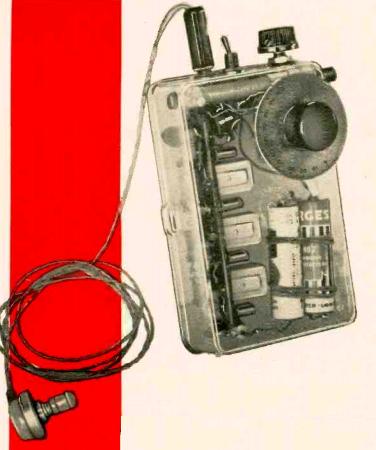
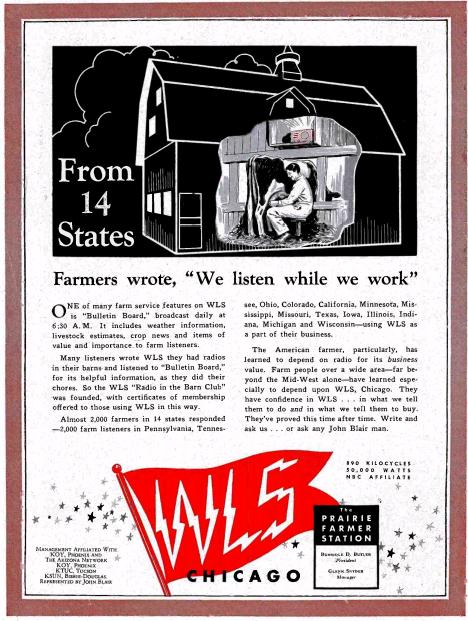



![Mount Fryatt, Alberta. By chensiyuan (chensiyuan) [GFDL (http://www.gnu.org/copyleft/fdl.html) or CC BY-SA 4.0-3.0-2.5-2.0-1.0 (http://creativecommons.org/licenses/by-sa/4.0-3.0-2.5-2.0-1.0)], via Wikimedia Commons](http://onetuberadio.com/wp-content/uploads/2016/07/MountFryatt-150x150.jpg)

